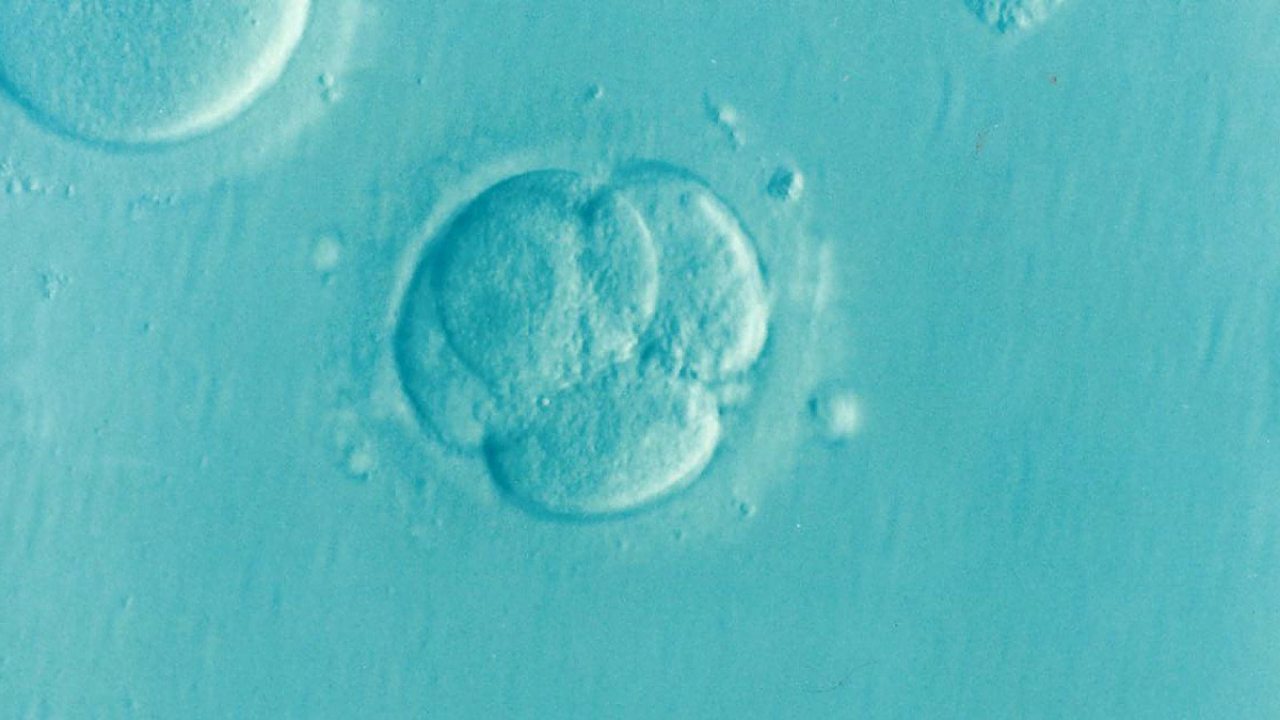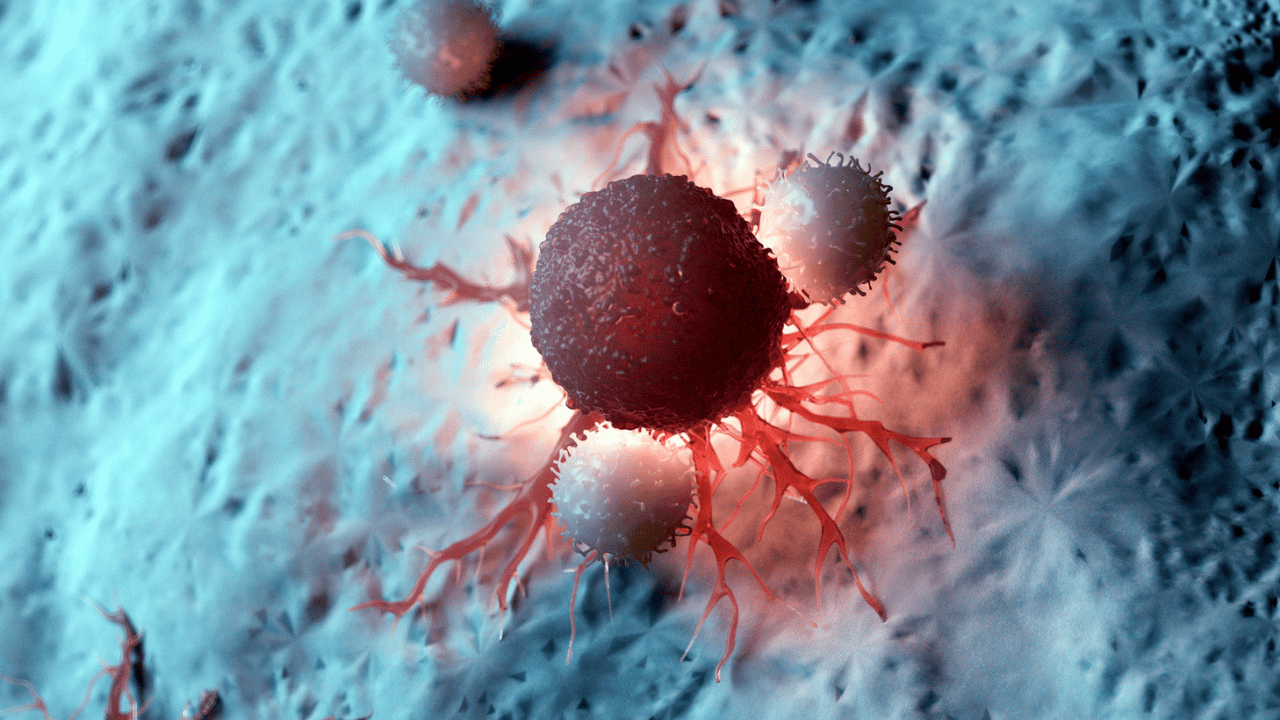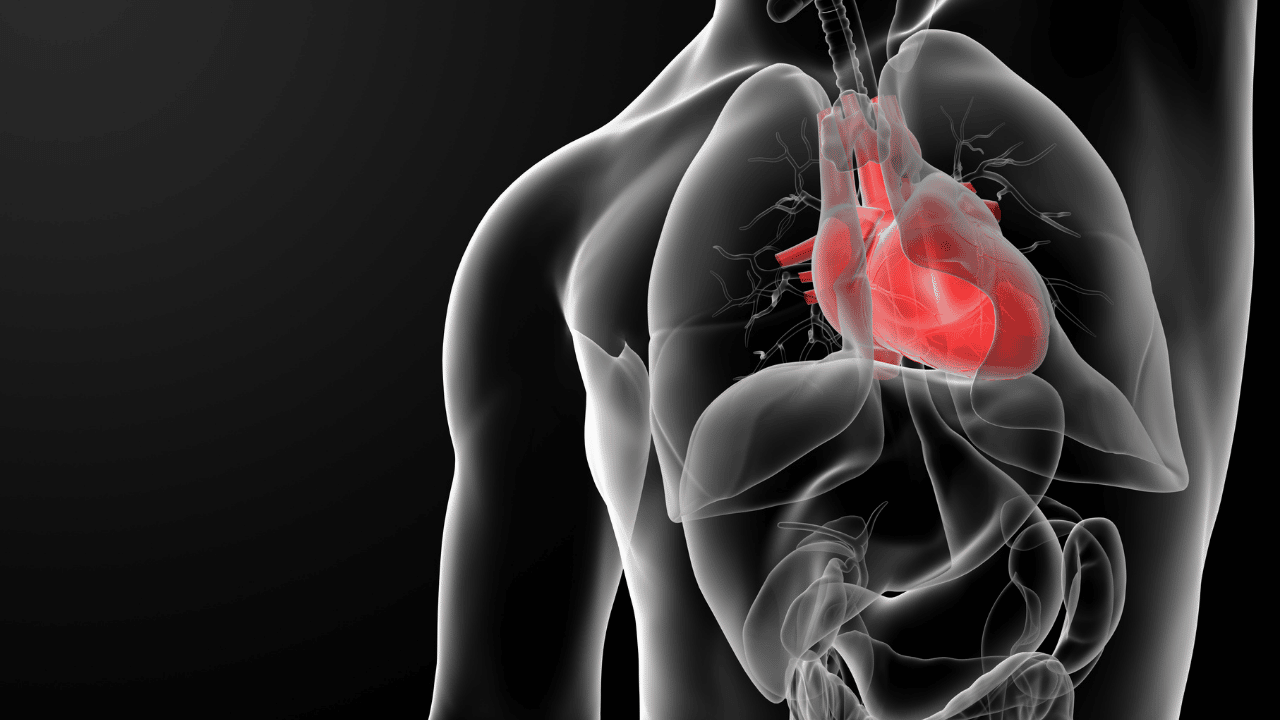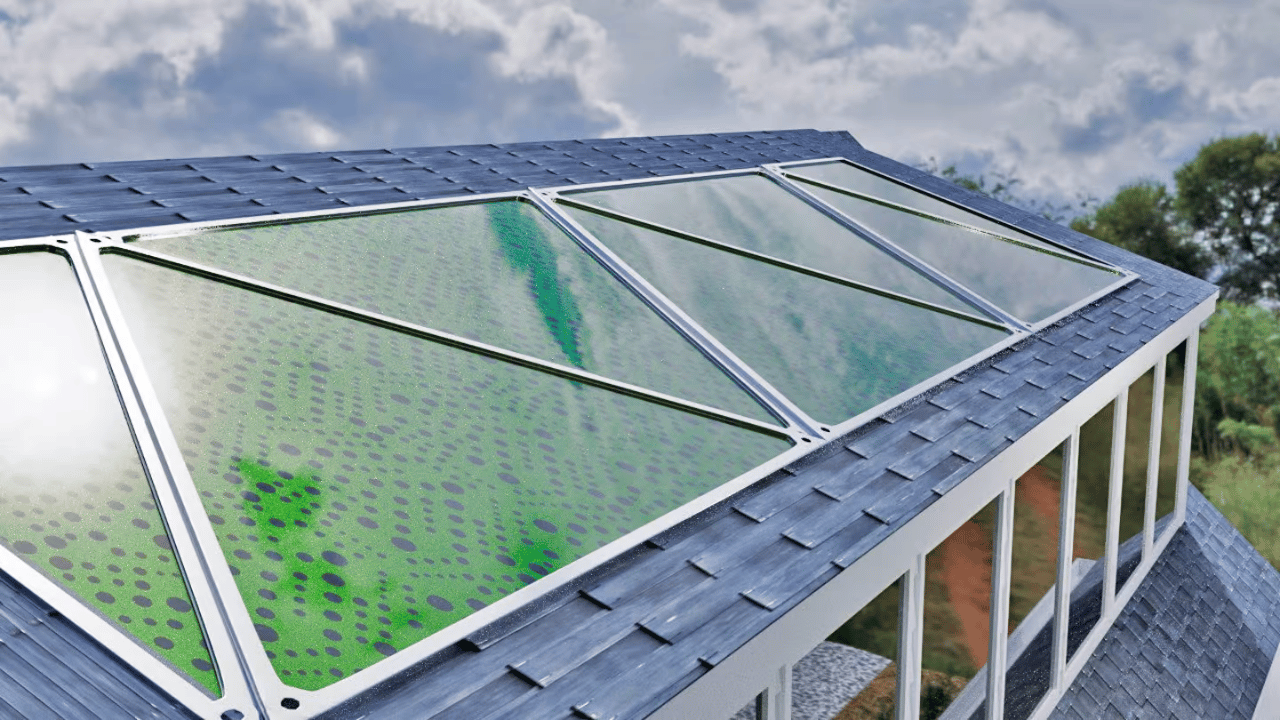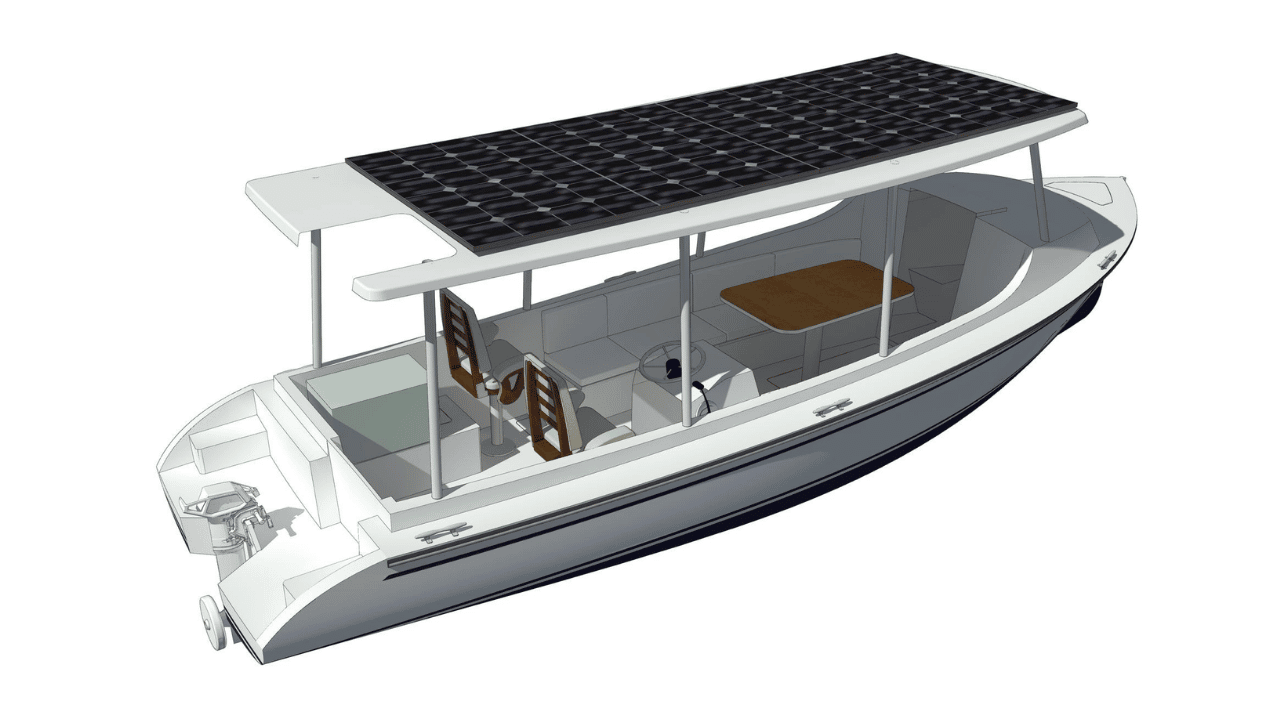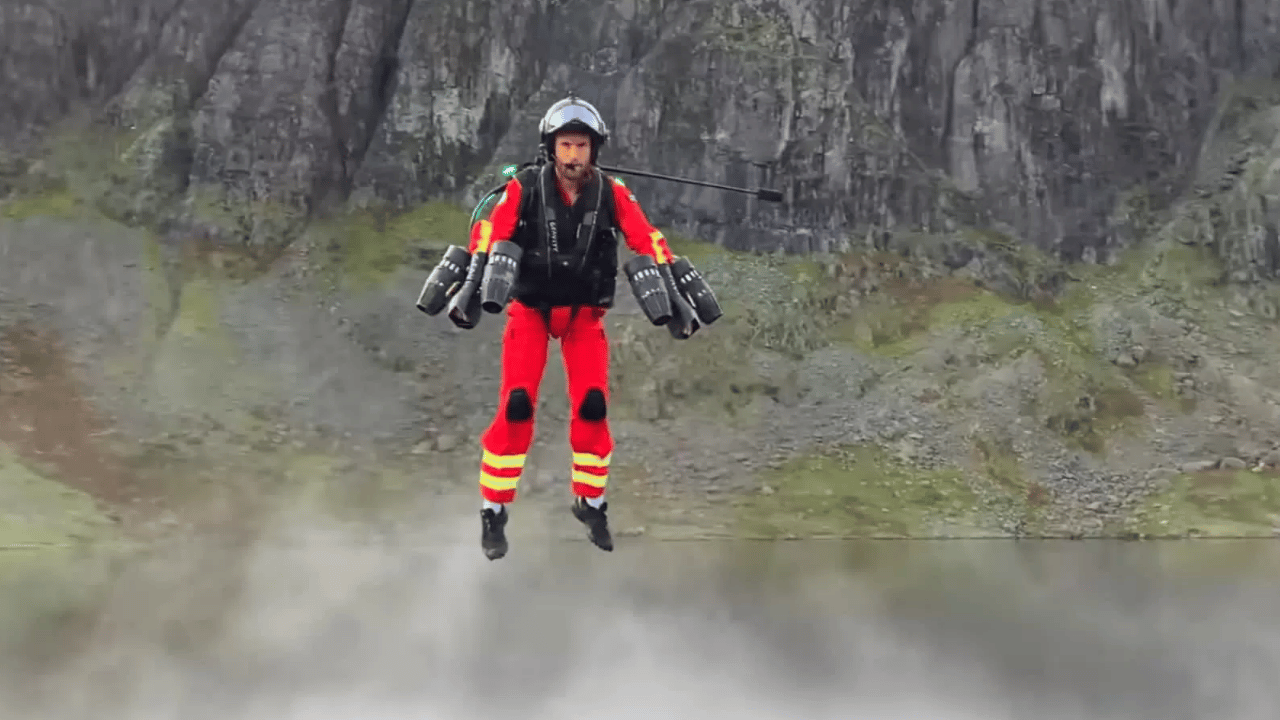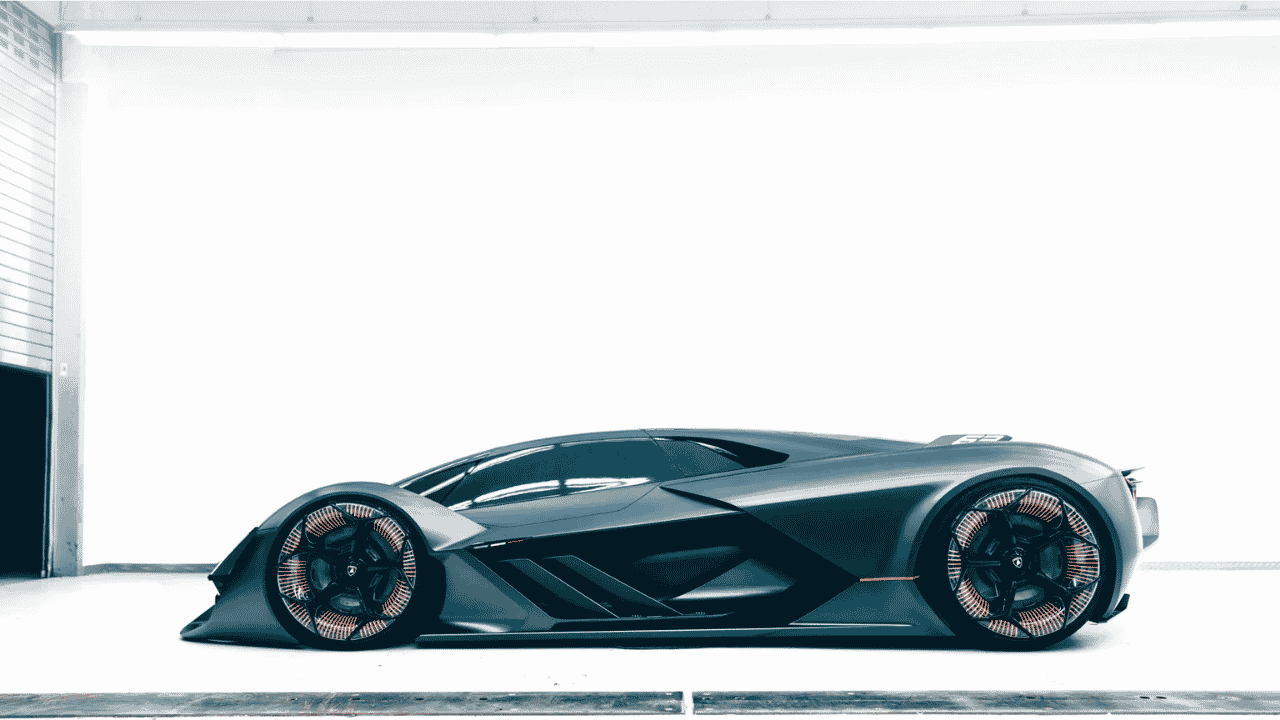Responsible solutions
for people who care
The world’s first ‘synthetic embryos’
Scientists create the world’s first ‘synthetic embryos’ using mice stem cells. Without using sperm, eggs, or a womb, the researchers formed artificial embryos very similar to normal mouse embryos, growing placenta and the beginnings of a spine, brain, digestive tract, and beating heart.
Dead Spider Robots AKA “Necrobots”
Scientists turn a dead spider into a gripping robot. They called this new type of robotics ‘necrobotics’.
Lab-grown meatballs that could replace the real deal
Chinese researchers developed a more efficient way to mass produce lab-grown meatballs. In addition, these meatballs have more protein and less fat than store-bought meatball dishes.
Bacterial microrobots to kill cancer cells effectively
Researchers create microrobots made of bacteria that deliver and release drugs directly on the tumor. This cancer treatment is less invasive, less painful, and more effective.
Lab-grown artificial heart
Researchers from the University of Toronto grew a miniature model of the human heart’s left ventricle made of real muscle cells. It beats and pumps fluid like a regular heart.
Algae-filled panels that provide energy and oxygen
A startup company creates algae-filled panels that could provide electricity and oxygen while absorbing carbon dioxide.
The first solar-powered electric passenger boat in the US
Solar Sal is the first solar-powered electric boat approved by the US Coast Guard to carry passengers. The boat is super quiet and can cruise all day using sunlight alone.
Flying paramedics
A British jet suit company successfully tested a jet pack that can fly paramedics where ambulances and helicopters can’t go. This year’s tests have demonstrated the vast potential of utilizing the suits to deliver critical care services.
New material to make artificial muscles
Researchers developed a new material to build artificial muscles that are stronger and up to 10 times more flexible than natural muscles. The material can be used in new generations of robots, sensors, and wearable tech capable of mimicking human-like motion and abilities.
Self-healing cars
Innovations in self-repairing materials might make self-healing cars a reality one day. In fact, Lamborghini and MIT are teaming up to make their self-healing car concept a reality by 2030.
